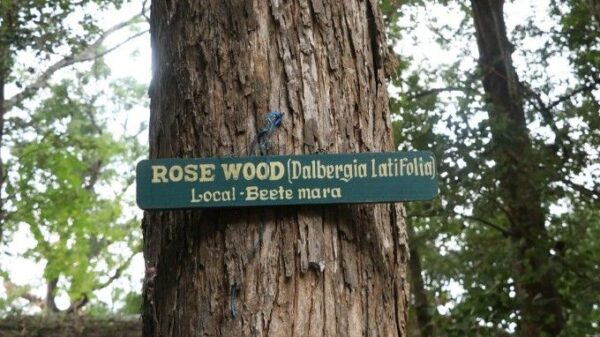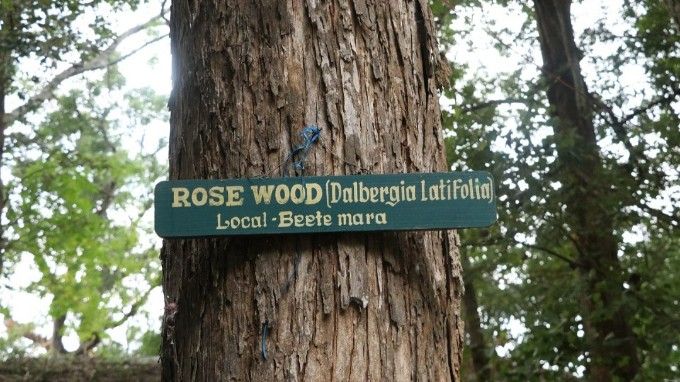Kalanjium wood inlay work lies in the soul of Karnataka. It is a type of work that is traditional, requires craftsmanship and is a unique and rare art form. It first started in the Deccan Plateau. It took a lot of artistry and precision to create. Now, in 2025, there is a new generation of artists who is creating this beautiful art using the traditional techniques yet showing modern narratives. It is like a novel which has been intricately carved into wood so that it could be narrated. Although this art form has evolved over a number of generations, the magic still remains.
The Forest Wood
Kalanjium is also called Kalanji which is a kind of dense, dark hardwood. This is found in the deep, dark Western Ghats. This wood is loved for its texture as well as durability. There is a heavy richness in the color of it. This wood is a part of Karnataka’s pride and history. The artisans of Mysore and Coorg used to create wood architecture out of it. This Kalanjium work was closely related to the royalty of the state. During the reign of Wodeyars, this was very popular. These royals deeply adored and respected art and architecture, especially the Kalanji work. During this period, artists created wood inlays for temples as well as palaces.

The Artists who did Kalanjium Inlay Work
It takes a lot of patience and labor for the artists to create this art work. Many of them come from the same generation as the original Kalanjium artist and therefore, they are skilled in their work. They continue to practice their work with lots of dedication and love. They need to have a variety of skills like selecting good wood and seasoning it well, carving the base perfectly, tracing intricate designs like some mythological pattern or some floral/ geometric motif etc. Then they source the inlay material and centre the pieces inside by gluing, pressing and finishing. These type of skills take years to master. There are artisans in Mysore who have tried to certify and promote the craft.
The Condition of the Craft in 2025
Due to environmental challenges, artisans no longer use ivory and horn. Killing endangered species is an illegal and unlawful practice. It is morally, ethically and legally incorrect. Instead of ivory, artisans have modified it by using bone or acrylic or some sort of synthetic material. This helps them in modernization and experimenting with new effects.
The best choice for wood is always rosewood. That is because it has rich grain, it is traditionally associated and it is extremely hard so it becomes easy for the artisan to craft it. However, it is extremely expensive and there are some ecological concerns as well. That is why artisans use jackfruit, mango and even synthetic woods so that they can imitate the tones of rosewood.
Some artisans still use traditional tools for carving. However, now there are modern techniques for pressing, polishing like getting it pressed by a machine instead of doing it manually. They have preserved adhesives for sealing. Some artists do not feel pleased about the loss of subtle hand finish and feel like the art is slowly losing its place. However, many think of using machines as a way to flourish in daily markets.

In conclusion, many artists have now collaborated with younger designs in order to fit into the needs of the market. As consumers, we have a duty to support these crafts because they have centuries of artistic depth inlaid in them. Therefore, we must value the time and skill that Kalanjium artisans possess.
Author
Shreeja Mukherjee


